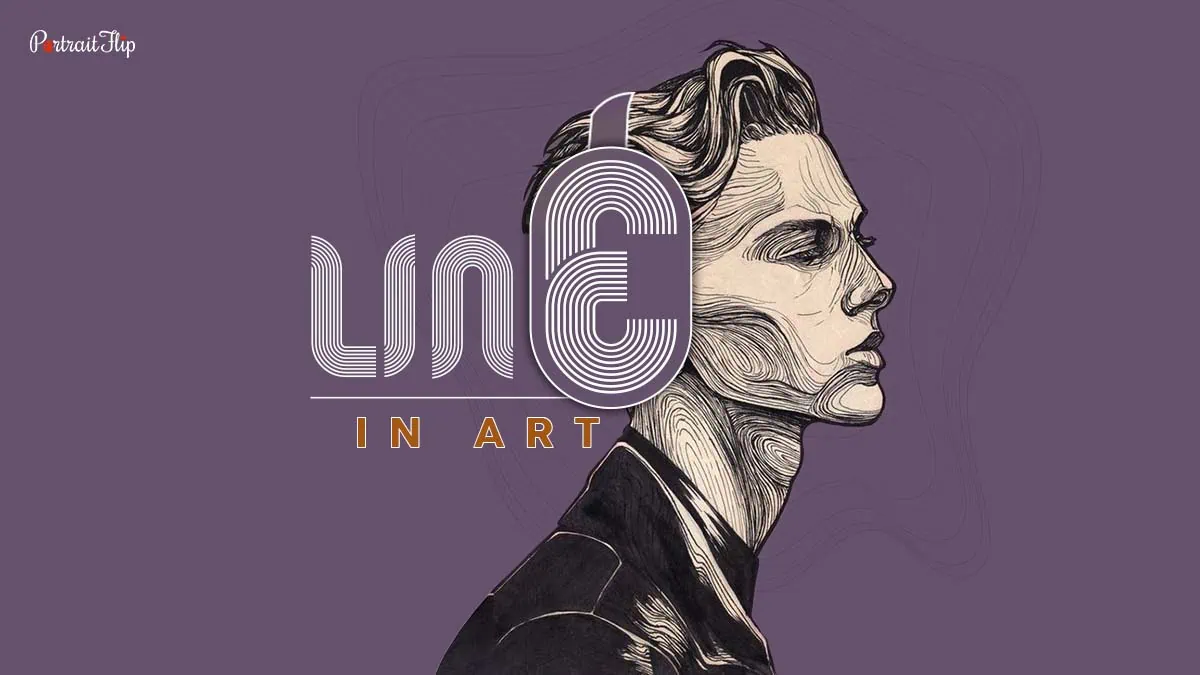Are you in the mood for some fun activities because I have one task for you.
Can you draw a square without any trace of lines?
Wondering how to draw a square that doesn’t include lines?
Well, that is impossible! What I want to convey is that “lines” are everywhere.
A person cannot paint or structure his/her art without the help of lines. It’s one of the most important elements of art.
You can’t witness paintings that don’t have lines in them. It’s like oxygen for artwork!
To understand what a line in art is, its types, how it is used in different forms and the way it adds value in art, I welcome you to this blog.
Let’s start with the meaning of lines in drawings.
Table of contents
What Does Line in Art Mean?
If someone asks you, “What is a line in art or Define lines in art,” what will your first answer be?
A straight, moving stroke or strip?
A line is the basic element of art, which you can imagine as a point that moves in a certain direction.
When we say a line, it doesn’t need to be straight. Lines can be of any kind.
Sometimes they are clearly visible to the eyes and sometimes you need close observation.
Below is a complete guide to different types of lines for art that will enhance your viewpoint.
Types of Lines
Line is not restricted to just one shape in art. It comes in various lengths, sizes, and shapes.
Lines can be defined in many ways, such as wavy, spiral, straight, tilted, round, smooth, dotted, dashed and so on. To be precise, there are five primary types of lines in art.
Without further ado, let’s learn more about their different kinds.
1. Horizontal Lines
Horizontal lines are straight and move from left to right or vice versa.
They are usually defined as straight lines that are mostly parallel or flat.
Horizontal lines are mostly associated with calmness, reliability, or consistency.
It is also mentioned as the earth horizon, where the sky meets the earth or ocean.
I can recall a perfect example for the same. Have you seen “The Monk by the Sea” by Caspar David Friedrich?
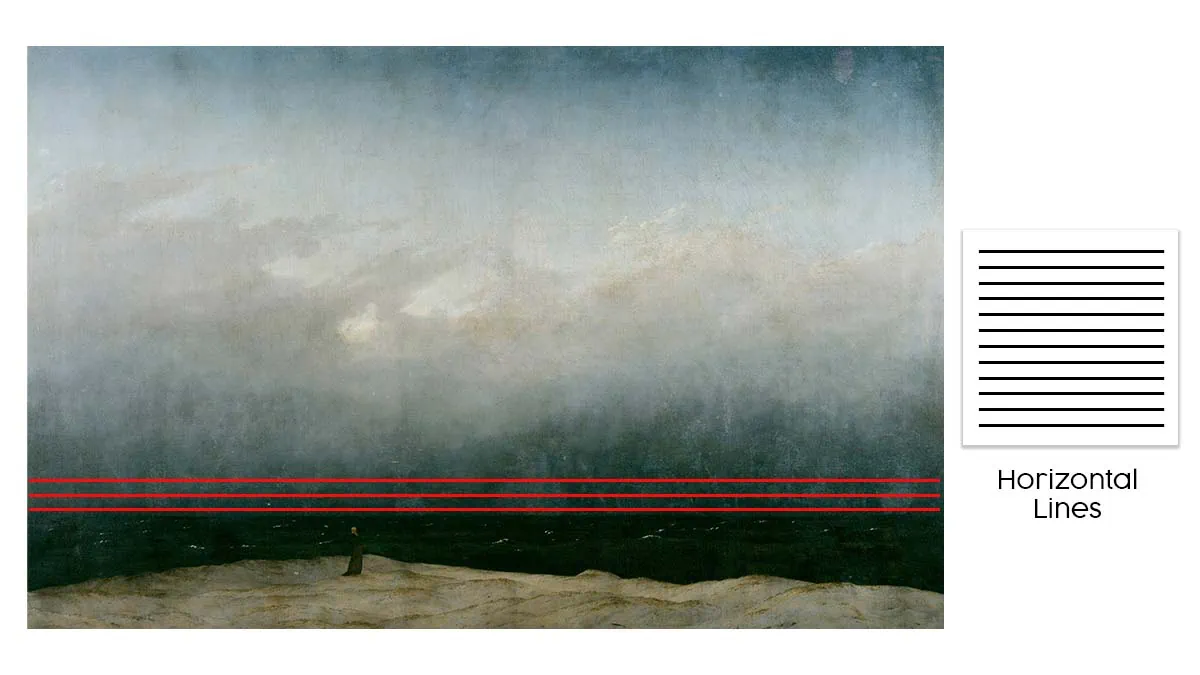
Look at this mesmerizing painting. You can clearly see the horizon line where the sky meets the sea.
What a beautiful way to paint!
2. Vertical Lines
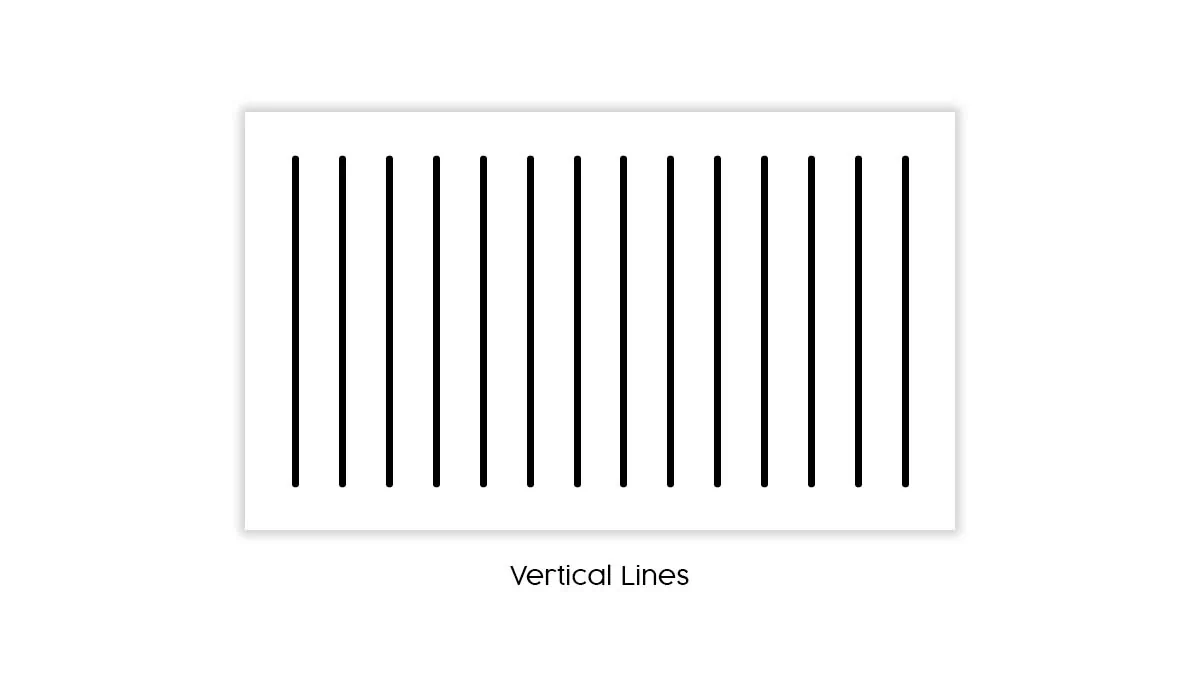
Lines that go from down to the upper direction or vice versa are known as vertical lines.
The description of a line in art in vertical form is mostly called “perpendicular” to the earth’s surface.
Vertical lines often relate to qualities like power and spirituality associated with reaching heights or giving fame to the subject.
From paintings to architecture, you’ll observe vertical lines all over.
3. Diagonal Lines
Diagonal lines are straight lines that can move left or right in a slight reclining direction.
This type of line art often adds dynamism to visual compositions because of its instability.
Let me give you a quick example.
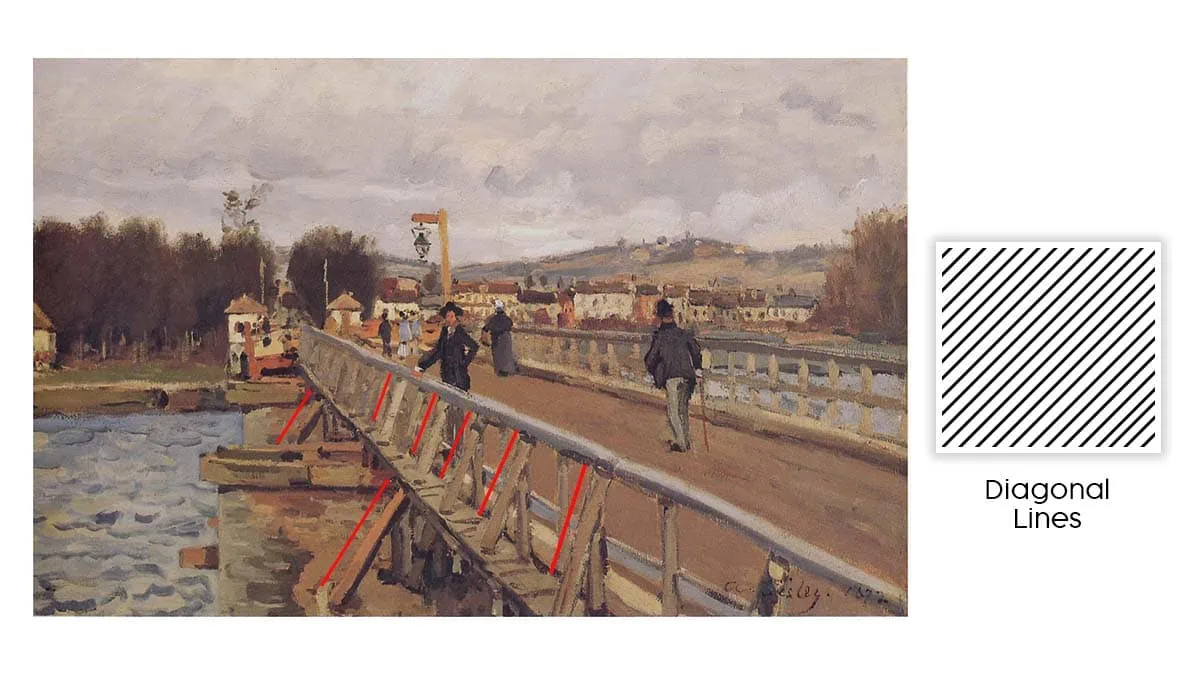
The painting you notice above is Footbridge at Argenteuil by Alfred Sisley, which portrays a strong visual of diagonal lines.
This is how diagonal lines are used in paintings.
4. Curved Lines
To describe curved lines, let me enlighten you with the most popular examples.
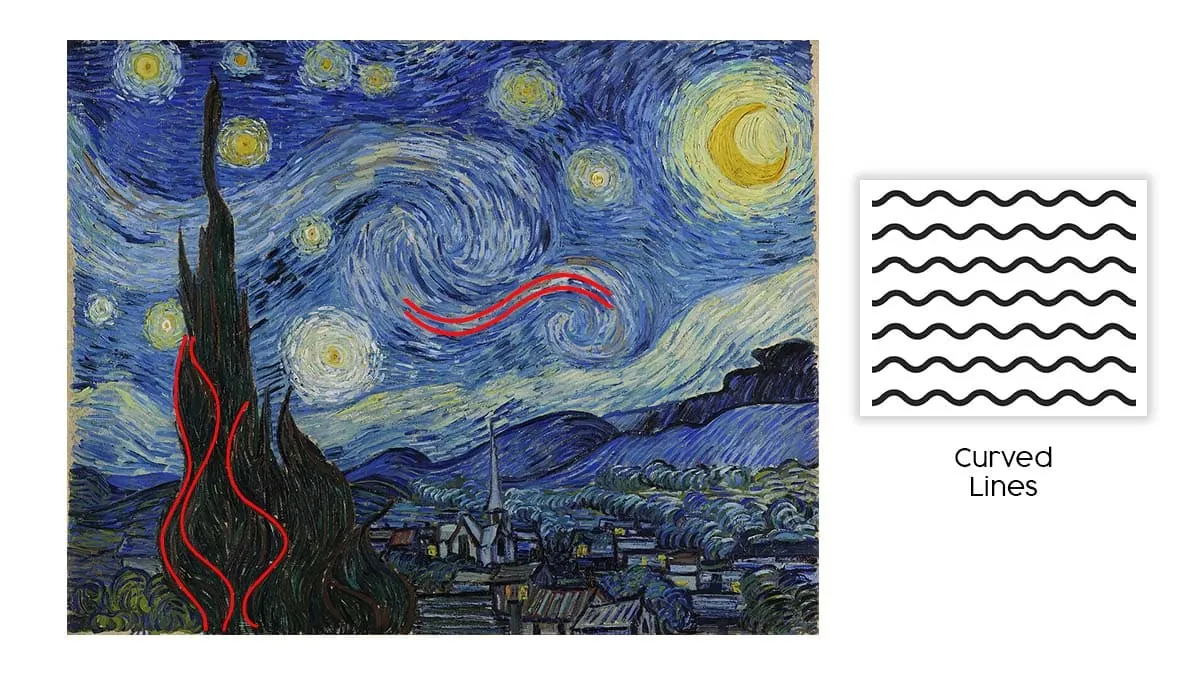
Guess the painting? The Starry Night!
If you look at this famous work by Vincent Van Gogh, the first thing anyone notices is the swirls, curves, and spiral pattern.
This style is the most common you can find in Van’s pieces and also describes what curves mean.
Curve lines in drawing help create movement in art and make the viewer feel as if it is motion.
If we talk about its attribute, then it can be known for generating “sensuality.”
The last line in art is zigzag.
5. Zigzag Lines

You can say that zigzag lines are the opposite of curved lines.
They are more geometric and move from one point to another in up-and-down motion.
This line in art leaves a sense of dynamism along with creating qualities like “chaos” or “evoking emotions.”
It forms a rhythm in art and helps the artist grab the attention of viewers.
Now that you know all five types of lines in art, how about we jump straight to a mini guide on how to apply lines in paintings?
How to Use Art Lines
How to use line in art? This question is not restricted to just one point. There could be endless ways to incorporate lines into your drawing.
Some of them are described below!
1. Contour lines
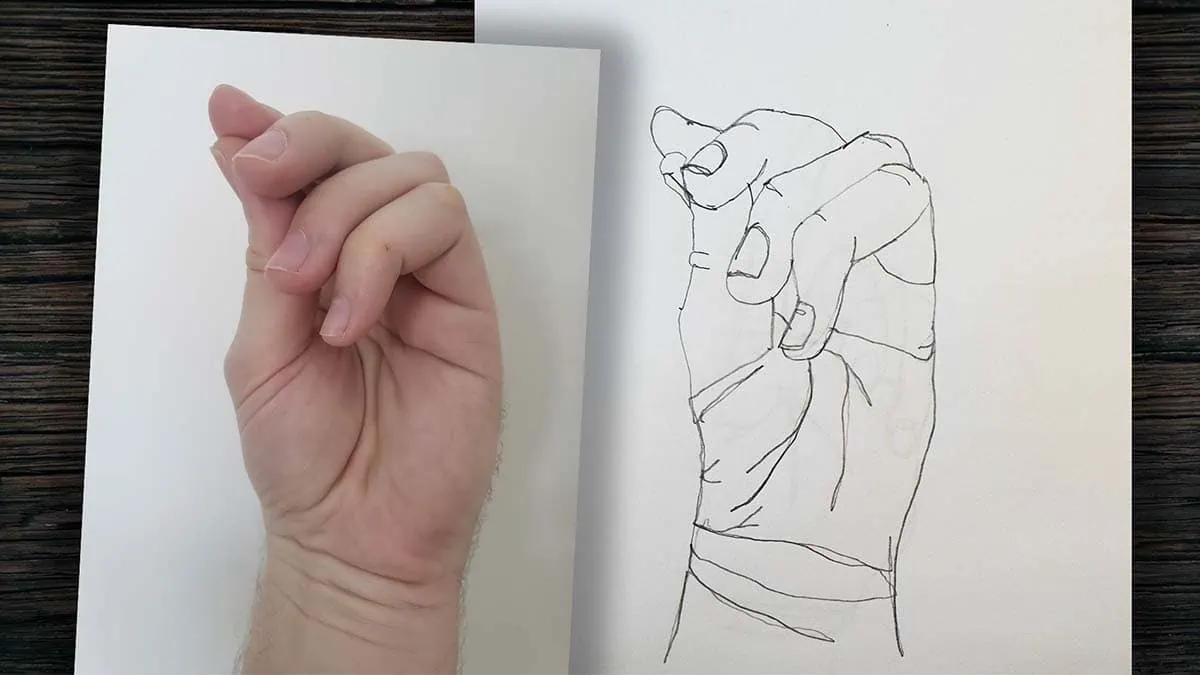
Contour lines are used when the boundaries or edges of the subjects are defined.
It is simply an outline that gives meaning to any shape or form in art.
This technique does not include shading the subject or any other elements.
The image you see above is an outline of the hand defining the edges. However, there is one thing: the sketch is not an exact replica of what we see.
In other words, it’s not hyperrealism art; instead, we only witness lines. There is more complexity in the picture.
2. Quality of Line in Art
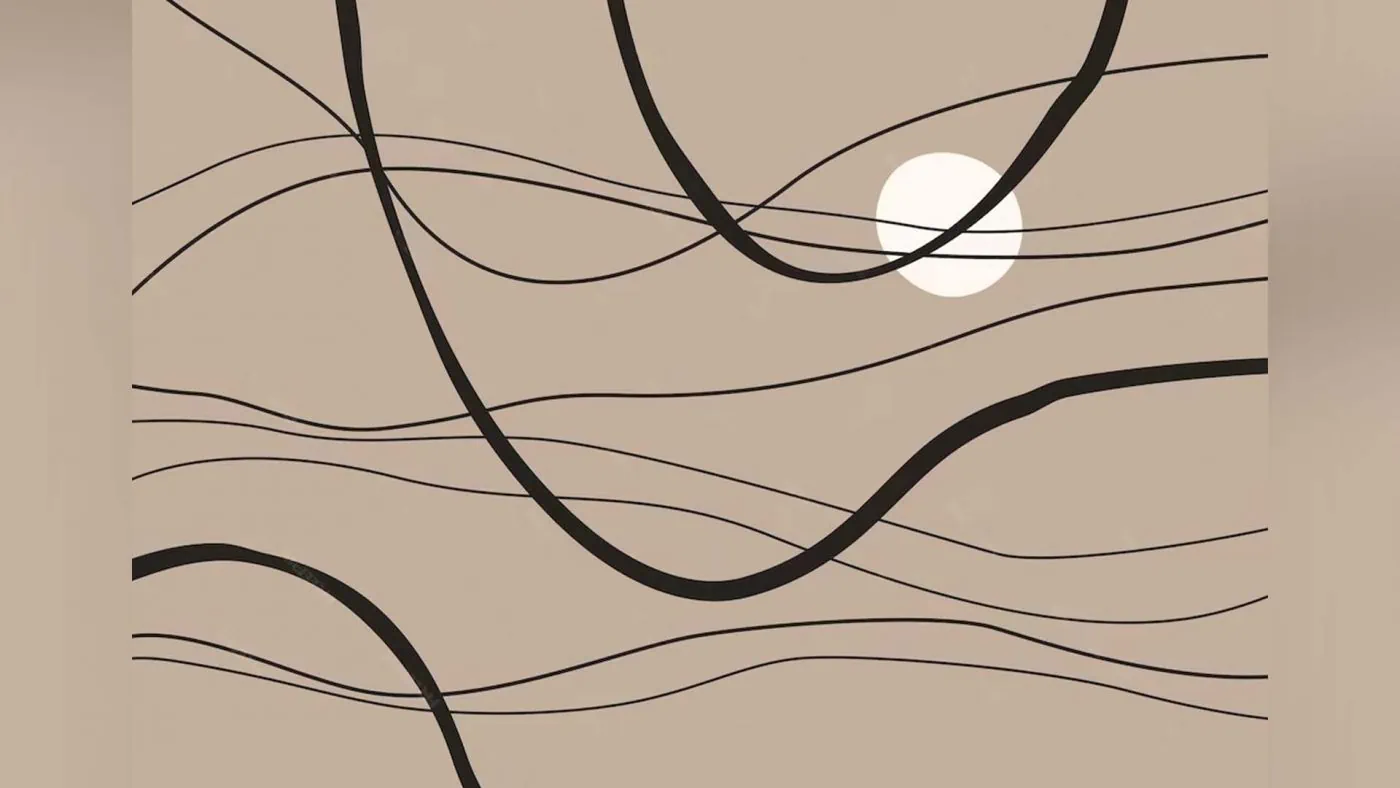
You must be wondering now what I mean by quality of line in art, right?
By quality, I refer to thick, thin, short, or long artistic lines.
If we talk about short and long lines, it mostly indicates the length of the line.
Short lines are mostly used when there is rhythm, whereas long lines bring a sense of depth to the painting.
When it comes to thick and thin lines, thin lines will soften the composition, whereas thick lines emphasize the composition.
These are the basic differences in line quality.
3. Shading
When describing various elements of line in art, shading could be one of the factors to consider.
You all know what shading is but do you know how it is related to lines?
Well, in the definition of lines in art, shading adds depth to the subject and creates a three-dimensional view for the viewer.
Shading also has different categories, which you can observe in the below image.
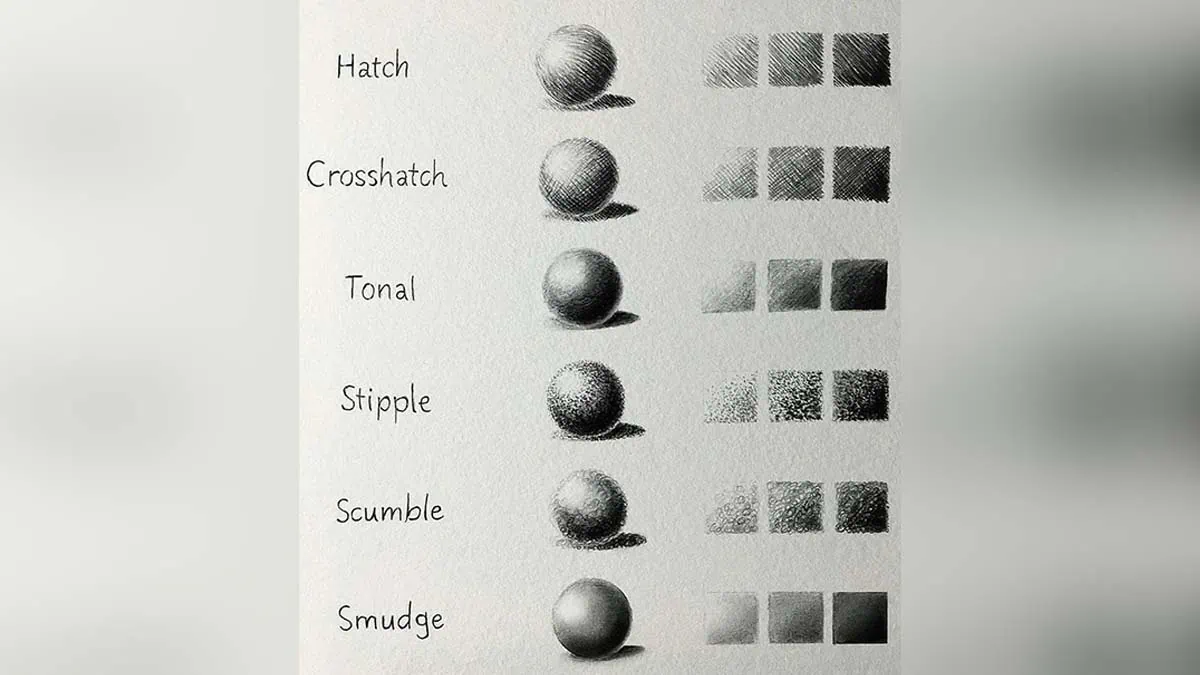
Using shading lines uplifts the painting and enhances the compositions to make them appear realistic.
Cross-hatching is one of the techniques commonly used in shading. You can also learn techniques on how to cross-hatch step by step.
You know what sells like crazy—charcoal paintings!
Don’t believe me? Witness its beauty with your own eyes.
To Conclude
You must have known “line” as just an element of art but now you know its importance.
Now you know how something that is a daily part of any painting helps create a huge impact.
Line in art has always been there in art history.
It’s a fundamental part that enhances the visual composition with endless possibilities.
As soon as you start moving your brush in a certain direction, it automatically creates a line in art.
Every artist has a unique way of expressing lines in their work. Each angle is chosen carefully, which communicates the inside meaning of the art.
Lines describe your thoughts, symbolize your values, and reflect your inner self on the canvas.
If you were drawing a self-portrait, what kinds of lines would you choose to describe yourself?
Remember, next time you come across a painting or sculpture, observe the lines that are used and interpret what they convey to you.
Because, my friend, each line in art narrates a different story!
Hello Art Lover!
Learning the importance of line in art and its type was a fun read, right?
I’m sure you must have some questions or suggestions to make. Why not write in the comments below?
Share your insightful thoughts on this topic. I would love to hear from you.
Till then, keep exploring and reading, guys!
FAQs
Line art style is a monochromatic illustration that varies in weight and thickness.
Simple line art, known as “minimalist line art,” features clean and simple use of artistic lines.
Implied lines aren’t drawn but instead created with colors, shadows, textures, and spaces.
The line is a significant element of art as it captures the true essence of the composition.



